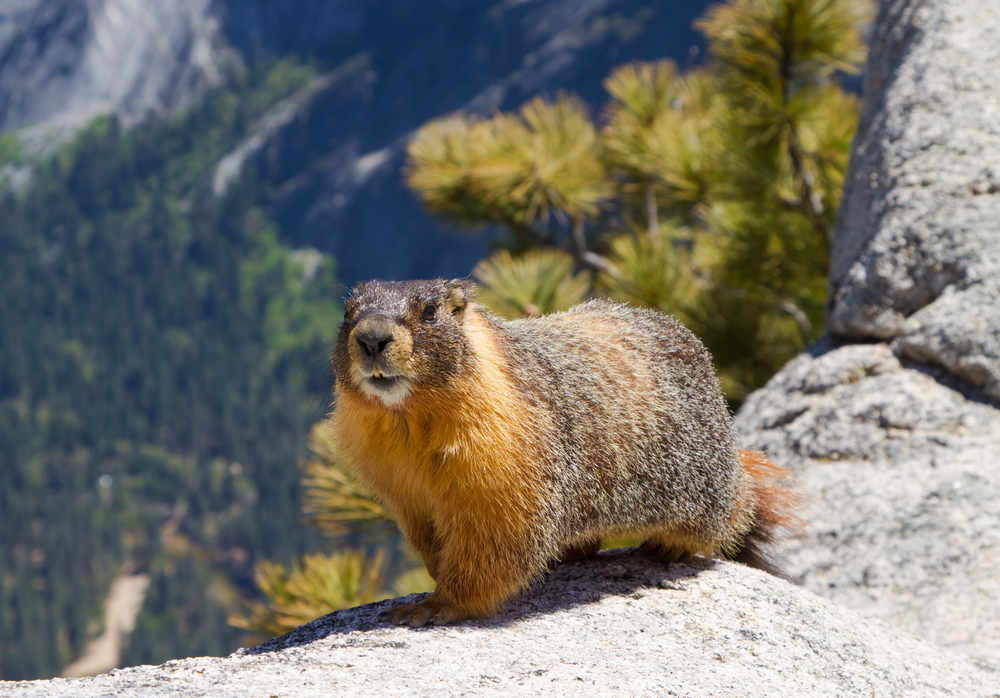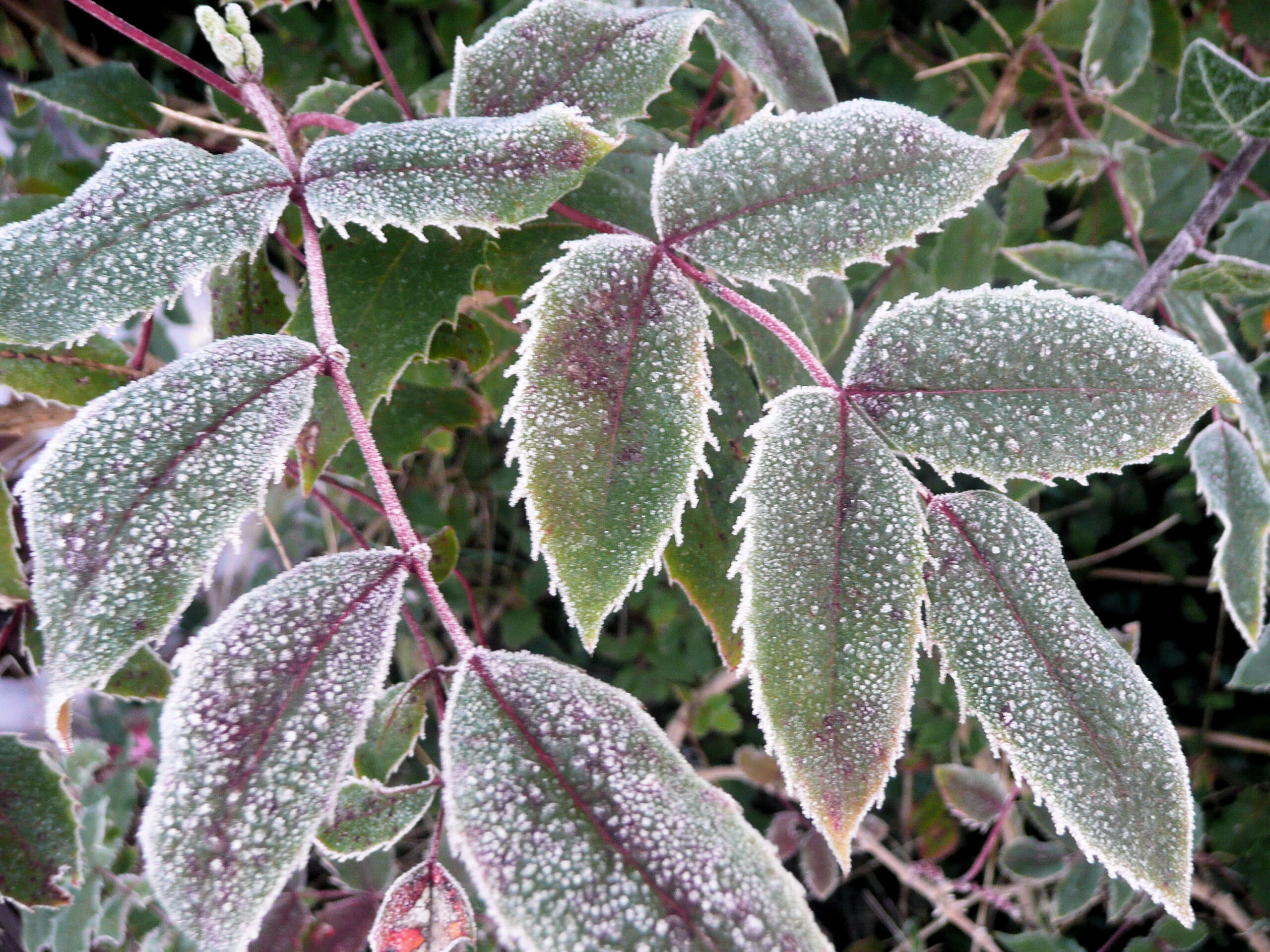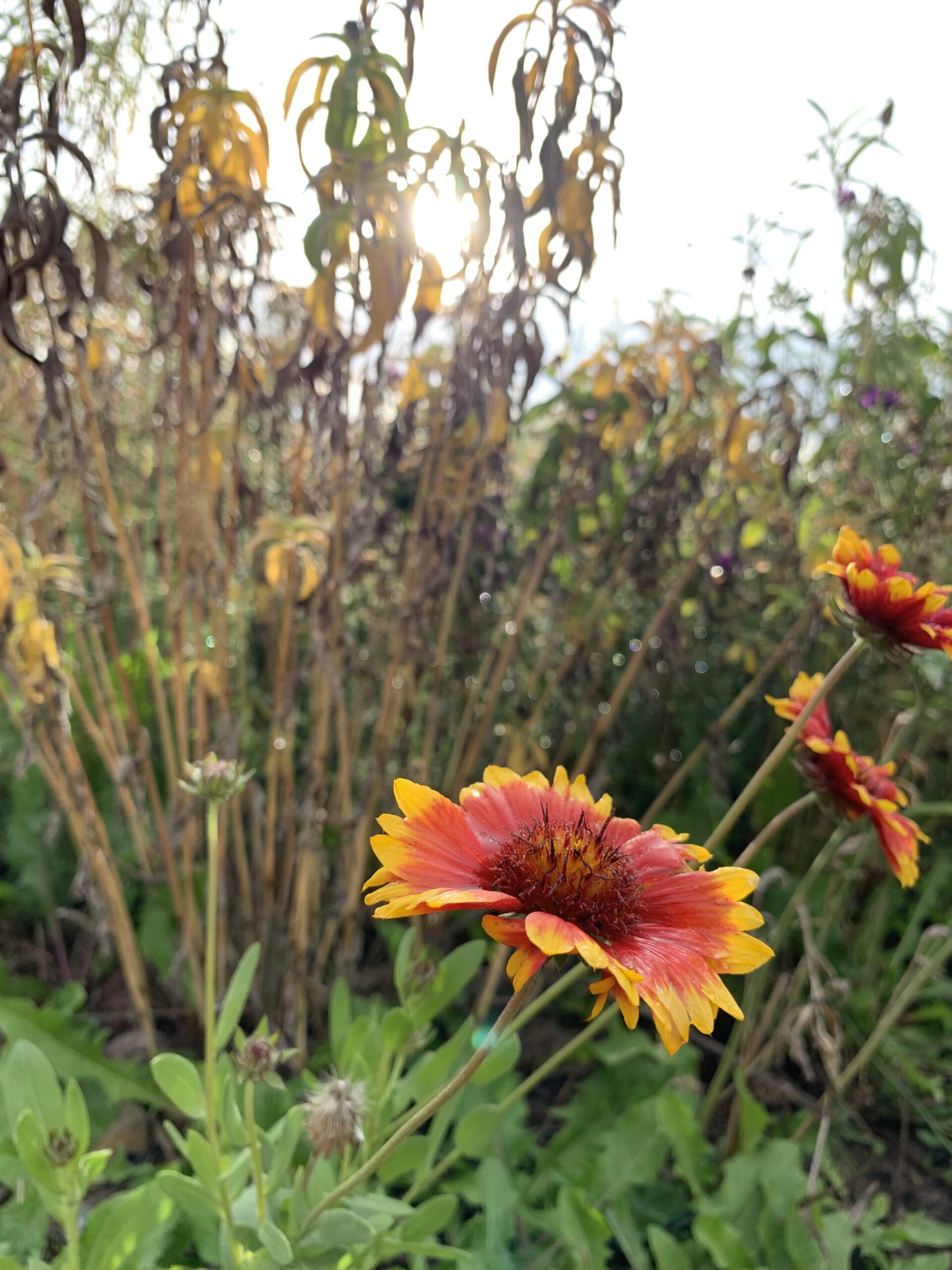By Jessie Walthers, Conservation Program Manager Groundhog Day. Who doesn’t love this most random of…

Using Grass to Prevent Noxious Weed Spread
Standing in the middle of a field, I watched the sun set yesterday afternoon. The soft light painted a beautiful landscape, but I knew better. Looking closely, you could see areas of bare soil between the grass – the consequence of heavy equipment driving through the field when the soils were too wet. Looking even closer, you could see the small snapdragon-like flowers of yellow toadflax blooming, and thriving, in the disturbed soil.
Yellow toadflax is a noxious weed in Montana and allowing it to propagate uncontrolled on your property is illegal. It is also somewhat resistant to chemical treatment. Knowing this, I realized the field would need some serious TLC to keep the weeds at bay. The best integrated weed management for this field would likely involve both specific chemical treatments and re-vegetation. For re-vegetation, some areas would need over-seeding and other areas would need re-seeding.
What’s the difference between over-seeding and re-seeding?
Over-seeding is a method of applying additional grass seed to thicken grass or repair bare spots. The additional grass seed is applied over top the existing grass. Re-seeding, however, is a method used to restart an area of grass. That is, it’s used when no vegetation is currently established or when weed problems require a complete chemical treatment or total removal of vegetation from the area.
Both methods can be useful conservation practices. Maintaining grassy areas, whether in a mowed lawn or natural field, can prevent erosion, recharge groundwater, and prevent weed incursion. Areas of disturbed soil, such as construction sites or heavy use from livestock, are particularly susceptible to noxious weed incursion. Establishing grasses, or other ground covers, quickly after the disturbance can be key to preventing weed spread.
To re-vegetate an area following a disturbance to the soil, it’s important to choose the right seed. Much like a carpenter or mechanic would say you need the right tool for the job, you need the right grass seed for your location and purpose. What elevation are you at? How much water will the location get? How much traffic or use will there be? Are you near a stream or lake? Are there already weeds present? These are all important considerations when picking the appropriate seed.
Several years ago, we worked with the DNRC to create three native grass seed mixes to be used in different settings.
- Valley Mix: useful in lower elevations around the Flathead Valley bottom.
30% Bluebunch Wheatgrass, 30% Green Needlegrass, 25% Slender Wheatgrass, and 15% Western Wheatgrass - Forest Mix: for slightly higher elevations that are partially forested with species such as Douglas-fir, ponderosa pine, or lodgepole pine.
40 % Mountain Brome, 35% Bluebunch Wheatgrass, 15% Western Wheatgrass, and 10% Rough Fescue - Reclamation Mix: suitable for streambanks and reclamation-type seeding projects.
40% Streambank Wheatgrass, 35% Thickspike Wheatgrass, and 25% Slender Wheatgrass
More about these native grass seed mixes can be found here. They can also be purchased at CHS in Kalispell.
Already have weeds and need something that will establish quickly?
In that case, our native grasses may not be the right choice – at least not yet. Many of our native grasses are drought tolerant and provide beneficial habitat, but they’re slow to establish and can provide a window of opportunity for weeds. Consider other mixes that include fast-establishing non-natives or species like clover to prevent noxious weed invasion. If you’d still like native grasses on your property, once the area is re-vegetated you can slowly transition towards through over-seeding, while preventing weed establishment. Feel free to contact us if you need a little guidance.
Sounding expensive?
Don’t worry, we’ve got you covered there too. Click here to learn about our cost-share programs for conservation-related projects.
And don’t forget, any work in or around a perennial stream will require a 310 permit. It’s the law, but they’re free – so click here for the application.



